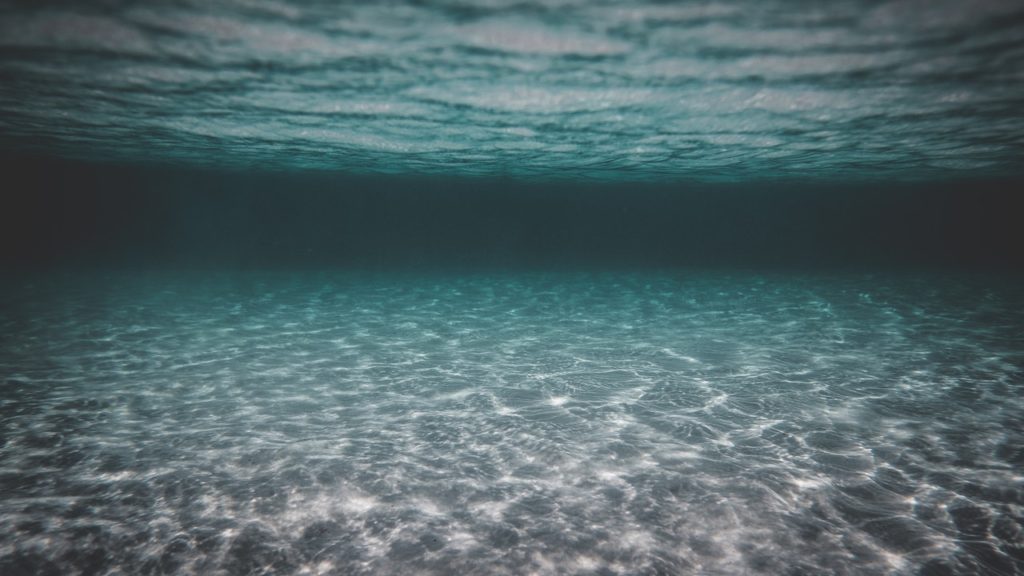Seawater filtration with Hectron automatic filters

Seawater filtration with Hectron automatic filters
Installations that use seawater always need special care and, above all, to remain in good condition for a long time to pay for themselves. The installation of filtration solutions is therefore vital for these facilities in order to eliminate many suspended materials that can damage them. Hectron has several ranges of filtration products that fully meet this need and nd Hectron’s automatic filters do the job with little or no maintenance and a robustness and longevity that make them economical.
Which installations are suitable for seawater filtration?
Seawater filtration is necessary in many installations. Seawater is used for a wide variety of purposes such as:
Desalination systems: the number of seawater desalination installations for human or animal consumption or for agricultural use is increasing. They are equipped with fragile and costly equipment that must be effectively protected against all impurities that may be found in seawater. The fine filtration provided by Hectron’s automatic filters is ideally suited for this purpose.
Water purification systems for aquariums or aquaculture: Seawater that can be used for aquariums or aquaculture facilities needs to be purified to provide a perfectly healthy environment for the animals and clean, clear water for visitors. For this purification to be effective, it is best to filter the seawater upstream. This filtration will also make the filtration phase shorter, but it will also protect all the devices needed for filtration such as osmosis and other equipment.
Plate heat exchangers: A plate heat exchanger is a device that transfers heat between two fluids through separate chambers. The cold and hot liquids flow through them without touching. These units can be used with seawater in coastal installations or on-board systems in ships. Filtration is then necessary to protect the equipment in these systems and give them a longer life.
Which Hectron products are recommended for seawater filtration?
There are two types of products marketed by Hectron that can be used for seawater filtration: the AG automatic filters and the Alfa hydrocyclones.
AG automatic filters
These are automatic filters that offer many strengths for this type of application:
- High quality and durability
- Fully automated operation that never requires human intervention
- No consumables to change and replace
- Good ability to remove small particles thanks to low filtration thresholds
In terms of filtration, Hectron’s AG models have a fairly wide range since the filtration thresholds range from 0.5-1 microns to 500 microns.
Finally, these models are economical in their operation since they are only activated when a pressure switch detects a pressure difference between upstream and downstream.
The stainless steel casing construction allows pressures of up to 5 bar to be withstood. However, depending on the models in the range, the maximum permissible flow rate varies:
- AG 100: 8 m3/h
- AG 200: 45 m3/h.
- AG 300: 120 m3/h.
- AG 400: 340 m3/h.
Finally, the types and sizes of inlets and outlets are also variable depending on the model:
- AG 100: 1” in female type tapping
- AG 200: 2″ female thread, 3″ male thread and DN80 flanges
- AG 300: 3″ male thread and flanges in DN100 and DN150
- AG 400: DN100, DN150, DN200 and DN250 flanges
Alfa hydrocyclones
A hydrocyclone is a device whose principle is based on the separation of particles heavier than water by centrifugal force. Unlike a conventional filter, there is no physical barrier to filter the water. The advantage of using a hydrocyclone is that it is used upstream of a filter to remove all the larger particles and thus establish a protection for the conventional filter. In addition, hydrocyclones have no moving parts and are therefore largely less prone to failure and, finally, require no maintenance once installed.
It is the fluid entering the hydrocyclone that creates a centrifugal force and flow pattern. Any suspended particles that have a higher density than the liquid medium can then be separated.
In effect, a vortex is created by the cyclonic flow pattern. The lower outlet of the device is too narrow to admit such a flow. The path of much of the liquid is then reversed and escapes through an upper axial outlet. Only the suspended matter will have to accumulate downwards and collect in a tank provided for this purpose.
The Alfa hydrocyclone models are made of moulded polyamide. They are not only rust-proof when in contact with water for a long time, but also very economical.
They have a conical shape and can handle a maximum flow rate of 18 m3/h and a maximum pressure of 5 bar. The filtration offered by these hydrocyclones is very efficient as most tests show that the removal of about 80% of suspended solids larger than 100 µm is achieved without problems.
For seawater filtration, the Alfa hydrocyclone models have a specific version for this environment (zinc-plated steel parts such as screws and closing parts are effectively replaced by 316L stainless steel) and are available with 1″ threaded inlets and outlets with 2″ threads.

